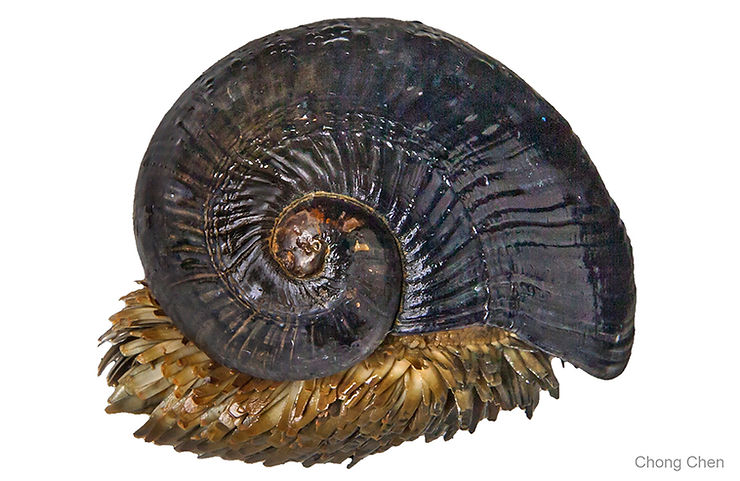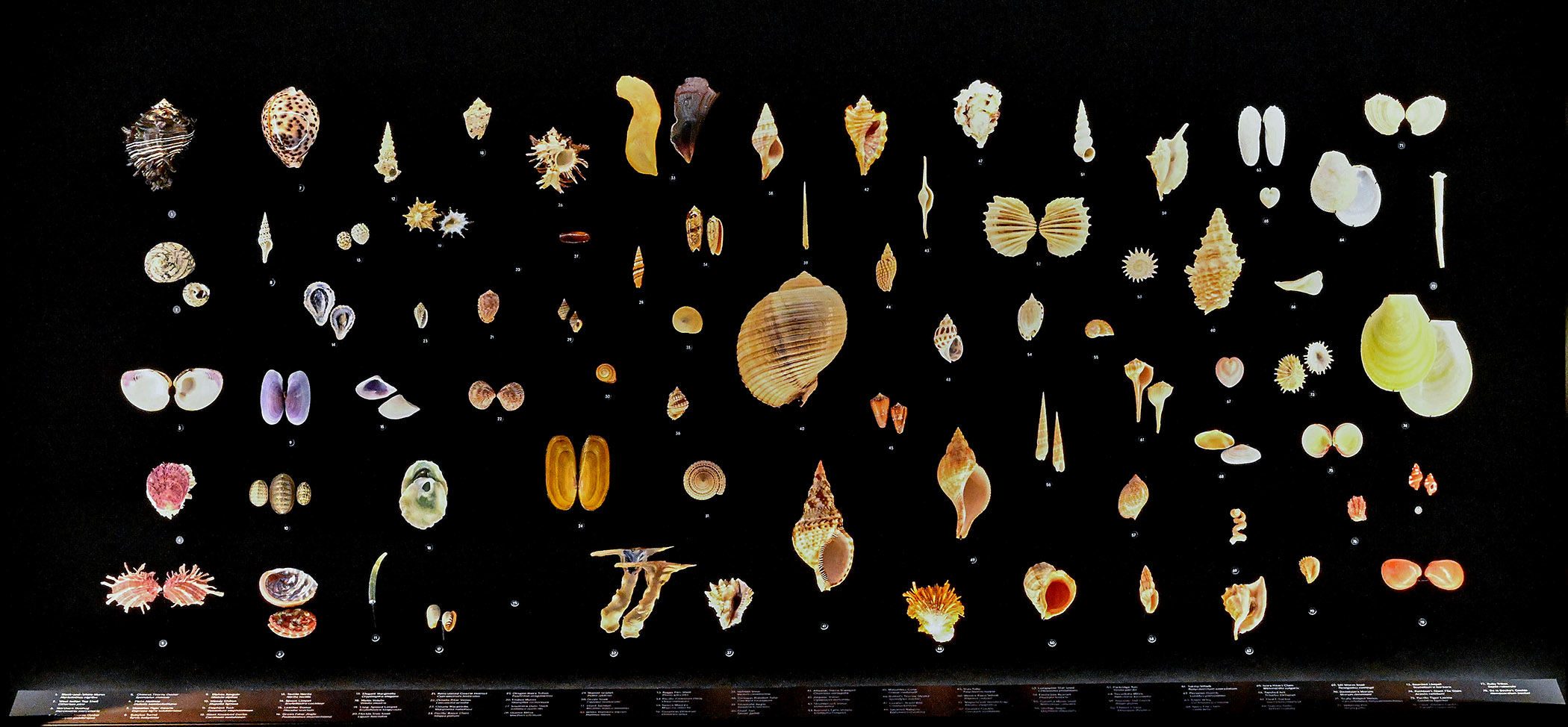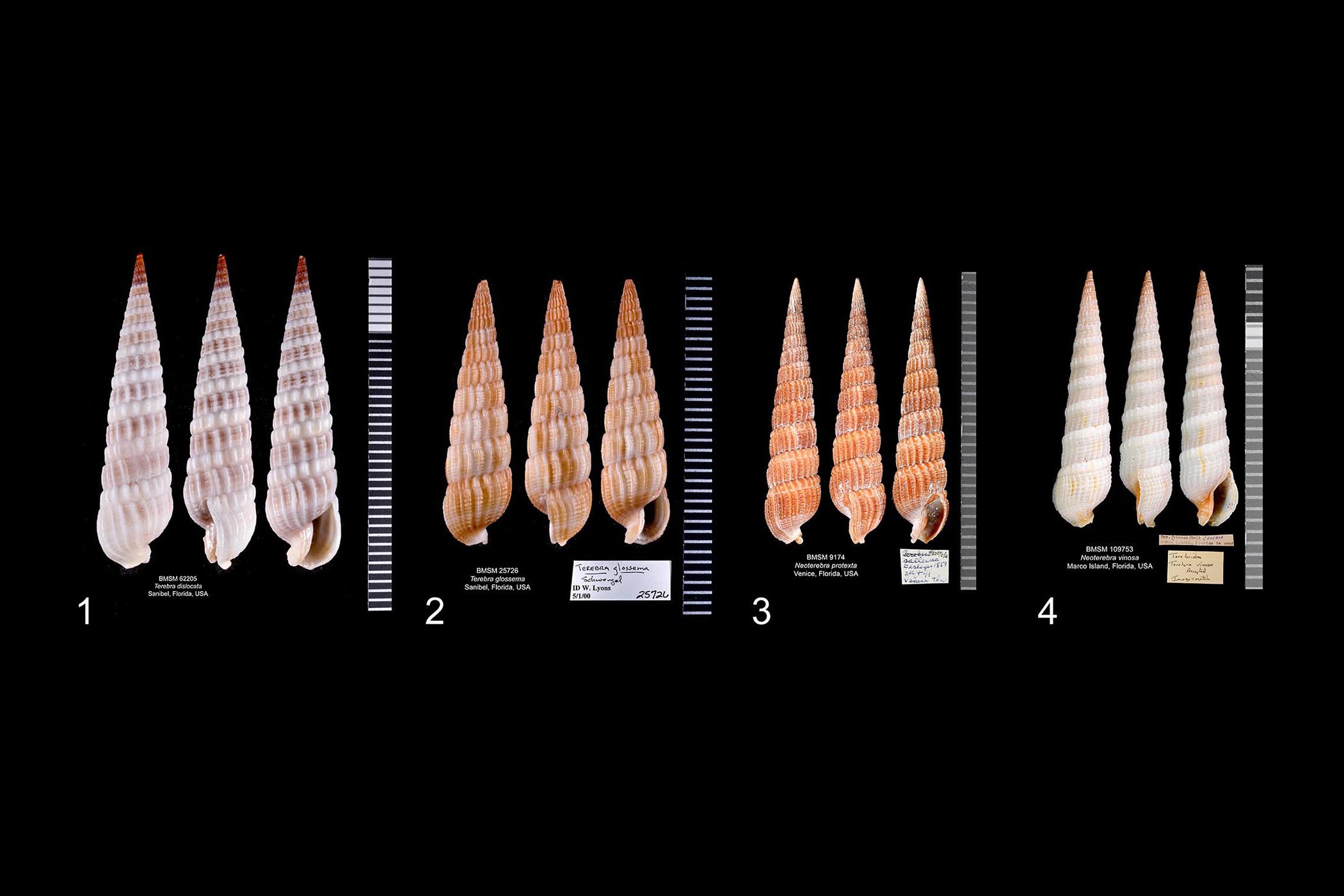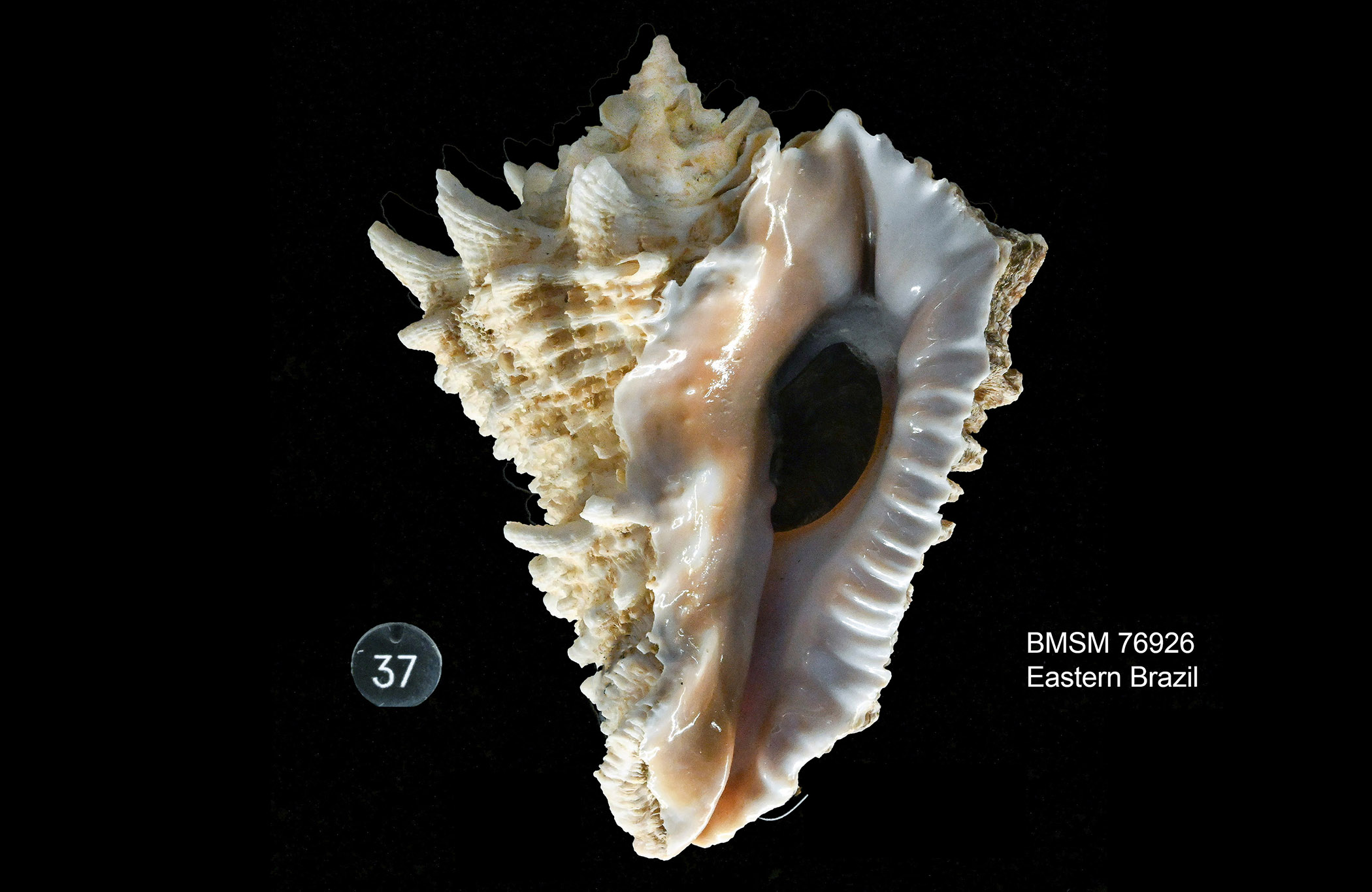Typically, deep-sea animals have not been the focus of conservation concerns, mostly because they are not readily observable and poorly known. In the past few years, scientists studying the animal communities that thrive around deep-sea hydrothermal vents started a discussion on the potential impact resulting from prospection for mining in those unique environments. Hydrothermal vent fields are “auditorium-sized” sites of underwater volcanic activity (usually down to 2.5–three miles in depth) where water circulates through the hot (or melted) sea floor. After interacting with the rocks and volcanic fluids, water flows back above the sea floor loaded with minerals and chemical substances that are not found in “normal” seawater. That unusual water chemistry favors the growth of bacteria, which in turn feed mollusks, crustaceans, worms, and other deep-sea invertebrates. Some of those animals, including many species of mollusks, actually grow the bacteria inside their bodies, never feeding on external food sources. But the atypical water chemistry that favors distinctive animal life forms also promotes the deposit of valuable minerals such as cobalt, manganese, rare earths, and polymetallic nodules in those areas. In a paper published in March 2017 in The Nautilus (the Museum’s own scientific journal), Julia Sigwart, Chong Chen, & Leigh Marsh outlined the potential danger to those exceptional deep-sea life forms that result from mining at hydrothermal vents. (The paper resulted from a presentation by Julia Sigwart at the Mollusks in Peril Forum, held at the Bailey-Matthews National Shell Museum in May 2016.) This year, Sigwart, Chen, & E.A. Thomas succeeded in including one of the most iconic hydrothermal vent species, the Scaly-foot Snail (Chrysomallon squamiferum Chen, Linse, Copley, & Rogers, 2015) as an endangered species in the Red List of the International Union for Conservation of Nature (IUCN). (An Indian Ocean species, the Scaly-foot Snail is capable of incorporating iron sulfide into its shell and scales that cover its foot.) Their action—a first in relation to deep-sea mollusks—is important not only for the intrinsic protective value for the species, but because it invites public attention to those exceptional animals and to the concept of biodiversity in the deep-sea and in general. Following the inclusion of the Scaly-foot Snail in the IUCN Red List, Sigwart, Chen, and collaborators have issued a call to action in the July 22, 2019 issue of Nature Ecology & Evolution for the inclusion of additional deep-sea mollusks in the IUCN list. (I “borrowed” the title of this piece from that of one of the subheadings in Sigwart, Chen, & Marsh’s The Nautilus 2017 paper. Why reinvent the wheel?)
 The endangered Scaly-foot Snail, Chrysomallon squamiferum. Photo courtesy of Dr. Chong Chen of the Japan Agency for Marine-Earth Science and Technology.
The endangered Scaly-foot Snail, Chrysomallon squamiferum. Photo courtesy of Dr. Chong Chen of the Japan Agency for Marine-Earth Science and Technology.


